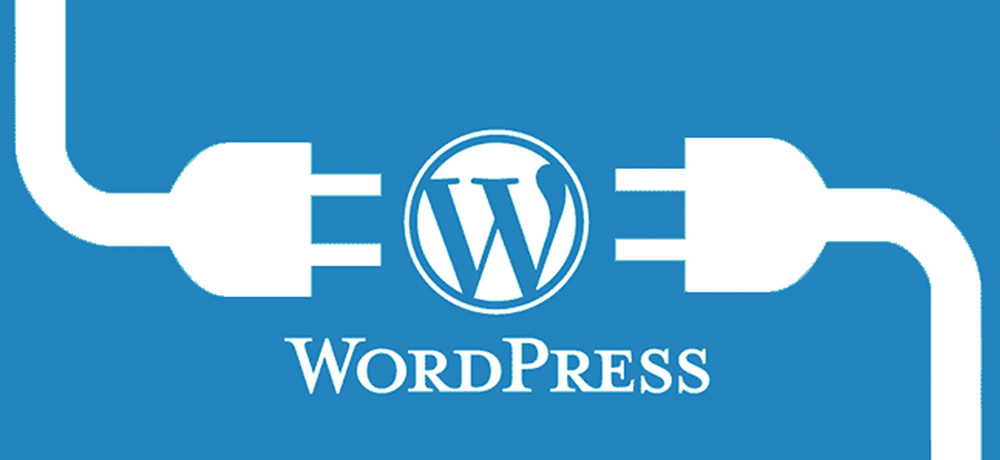The best thing about WordPress is the awesome number of plugins. The ecosystem of themes and plugins that has developed over the years is huge. As an entrepreneur building a website, the ability to build-in just about any functionality you want without the need to program makes WordPress such a great platform.
The challenge though is keeping track of all those plugins and utilities.

If you are already a WordPress user you are probably aware that although there are plenty of free plugins, many generally come at a price and with a timeline attached – for example, 1-year support and upgrades. Additionally, there may also be monthly subscriptions to the app that the plugin connects to.
If you have gone down the path of developing a WordPress website with all those plugins to give you the functionality you need, you are probably acutely aware of how, if one plugin stops working, it can potentially cause an issue on your site that can cost you customers.
For example:
If you have a plugin for Gravity Forms (a popular form application), it depends on your subscription being active (paid up to date) to be able to get updates to the plugin. 12-month’s is standard.
Once this time has lapsed, unless you have set a reminder that you need to renew, (or Gravity Forms sends you the reminder email and you see it) it can be an annoying process to find out that the version of the Gravity Forms plugin needed updating which has resulted in an issue that has stopped it working for the last month!
Keeping track of all your subscriptions and signups to plugins in an easy to access location is going to save you a lot of time and effort. Particularly if they are plugins that link to an online subscriptions service, you may want to ensure that that subscription is also tracked so you know how much you are paying and when it is due.
One other point that is worth thinking about is to consider taking down a few notes for each plugin you have. When you revisit a plugin after a few months of working on other things, it can be difficult to remember exactly what it was for, why you needed it and the reasons you chose that particular plugin over another.
Read more:
No Comments yet!